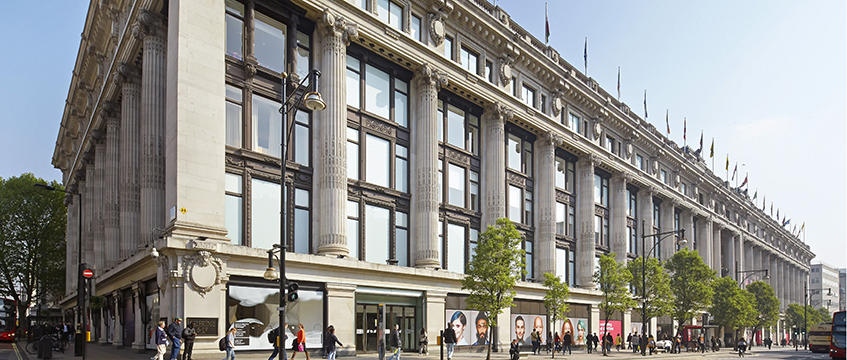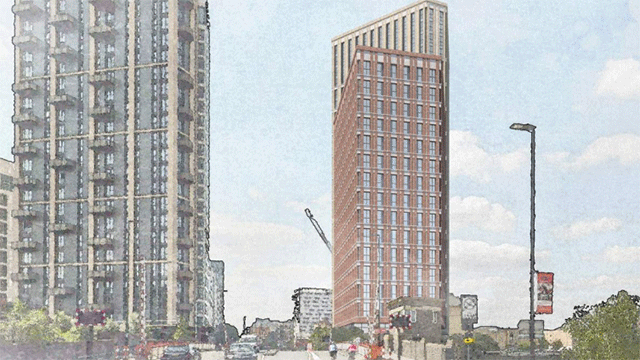Developers and local authorities know how difficult it is to create cities from scratch. As London’s 1960s new towns remind us, planning lifestyles a decade in advance can be hit-and-miss, writes Nicolas Bosetti, research nanager, Centre for London.
But London is building new towns and masterplanning whole neighbourhoods again, from homes and offices to retail and recreation spaces. Just think of the 10,000 new homes at Meridian Water, 11,000 at Barking Riverside, and 25,000 in Old Oak Park Royal.
Fortunately, planners, designers and asset managers can count on “meanwhile” activity to soften the transition between existing and new. But while the famous pop-ups and meanwhile spaces work in the nooks of Shoreditch or in busy town centres, can meanwhile activities succeed in hard-to-reach zone four warehouses? How do you spark meanwhile activity in places with no utilities and no footfall?
Meanwhile development: hard work
While researching existing meanwhile uses in London, we spoke to planners, designers and curators developing meanwhile strategies for large development sites. There’s no hiding from the fact that meanwhile use on a large site is hard work – our interviewees spoke of “handholding” to help groups take up a space and apply for planning permission for the first time. A meanwhile use “phase zero” also demands greater investment early on to provide utilities, and strategic thinking to determine what types of uses the first residents will need.
But the rewards can be particularly transformative for the development of large sites. Curators can use meanwhile activity to breathe life and identity into empty sites. For instance, the London Legacy Development Corporation supported and showcased local artists, and opened up space for a makeshift skate park and allotments, during the development of the London 2012 Olympics site.
Social benefits
Meanwhile activity can also carry social benefits, creating opportunities for local entrepreneurs to take a prototype to market at low risk. And communities take time to form, so it is good to start early, and avoid situations where the first residents move in before services and social infrastructure. Phased development gives time for meanwhile uses to deploy, offering an opportunity to install longer-term meanwhile activities, such as office space, community gardens or libraries, which can move onto a different part of the site or even inform the new development if successful. Indeed, meanwhile use can help planners visualise hybrid spaces and accommodate existing, more spontaneous uses in the public realm rather than working with a completely empty canvas.
So how do we get there? Meanwhile, in London makes recommendations on how to scale up meanwhile activity. Our interviewees offer a few, more informal lessons from their experiences, listed below.
■ Well-networked organisations are great to draw people to the site and create connections with existing residents. The Greater London Authority and Peabody have funded and offered a lease for Bow Arts to try out artist studios, café and boating infrastructure by the Thamesmead Lake.
■ Meanwhile use can be very diverse – from placemaking initiatives to events such as attractions or training sessions.
■ Build a critical mass – “containerville” schemes can create a critical mass and diversity of activities to attract footfall, which is crucial in a turbulent retail market, for instance in Loughton, Essex.
■ If the long-term uses do not work, perhaps one of the temporary uses will succeed. But landowners should be careful to nurture and offer move-on opportunities for meanwhile uses that create value for the development and residents – otherwise some of the social value may be lost.
Centre for London’s report, Meanwhile, in London, shows that meanwhile use can make development more resilient, by opening up underused land and buildings to new activity and placemaking, rather than pouring away money on hoardings and security in the months and years between site possession and scheme completion.











